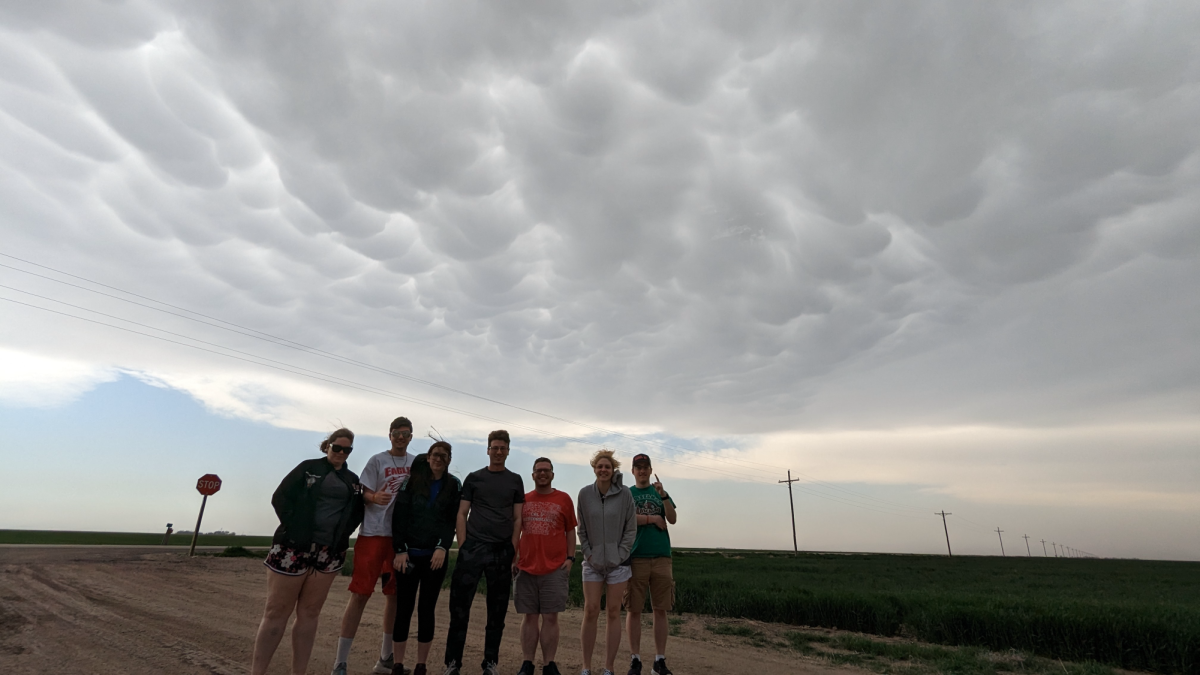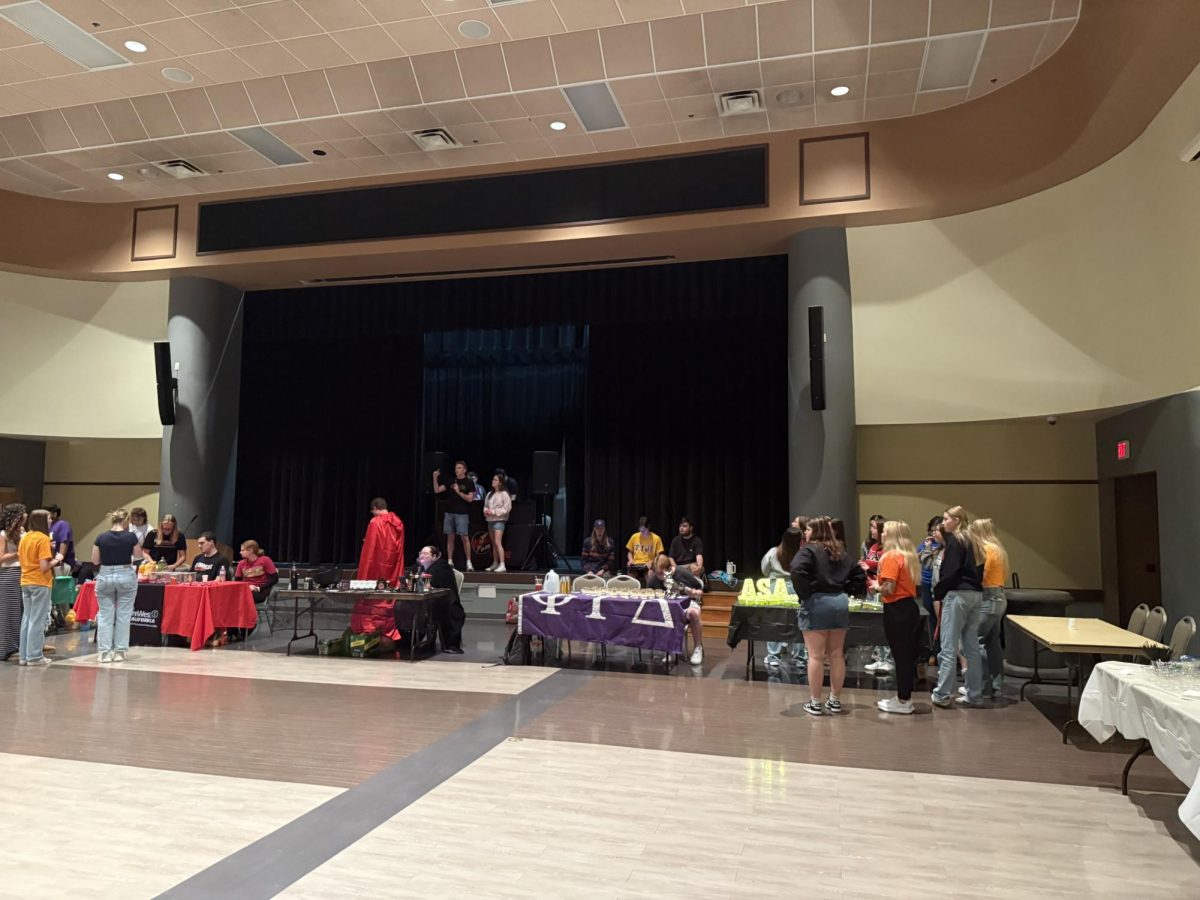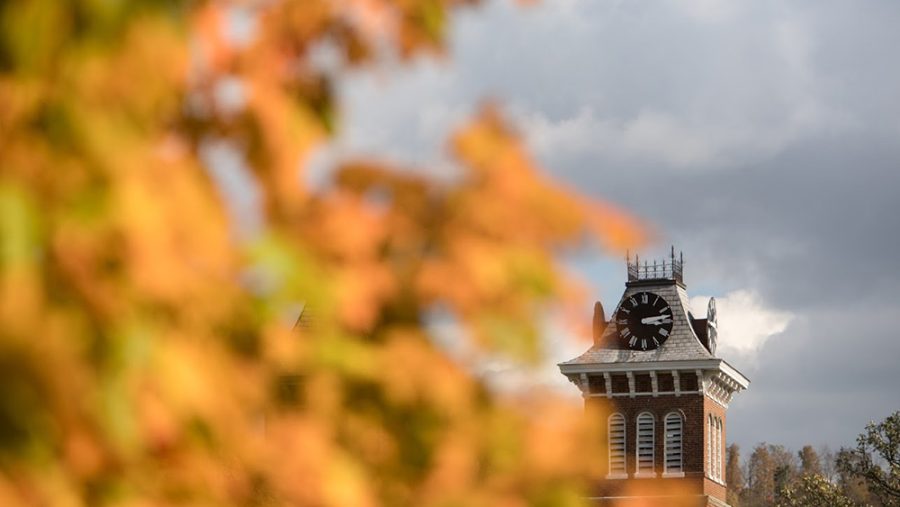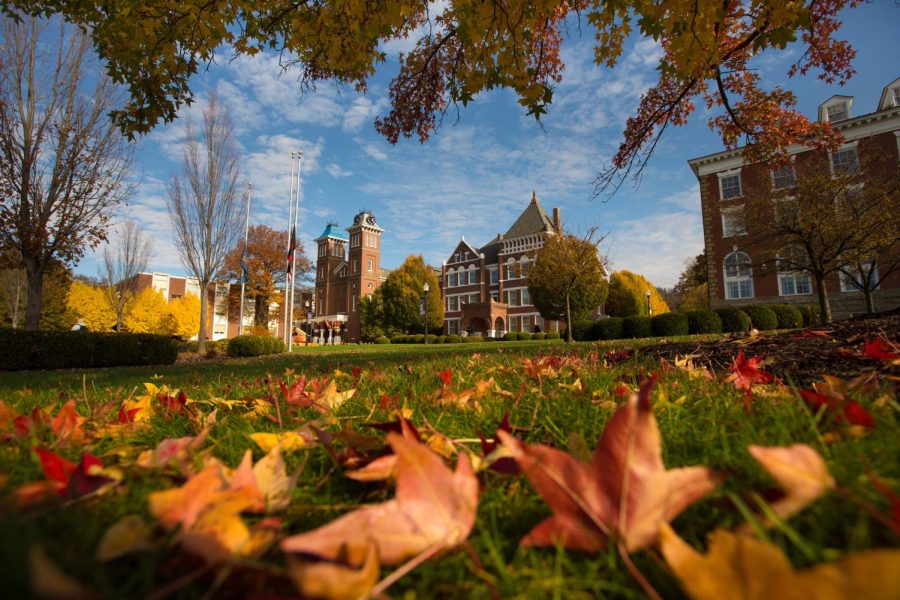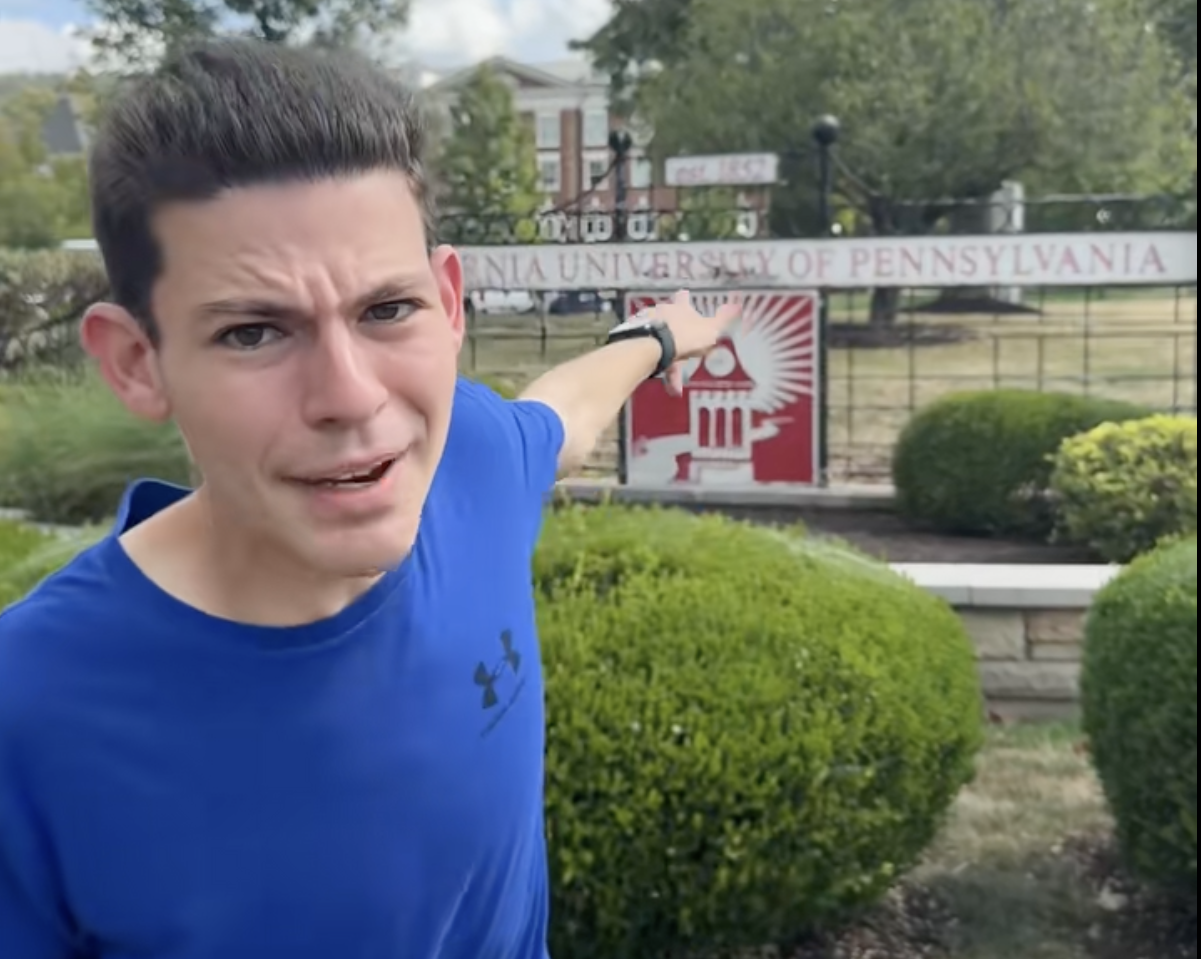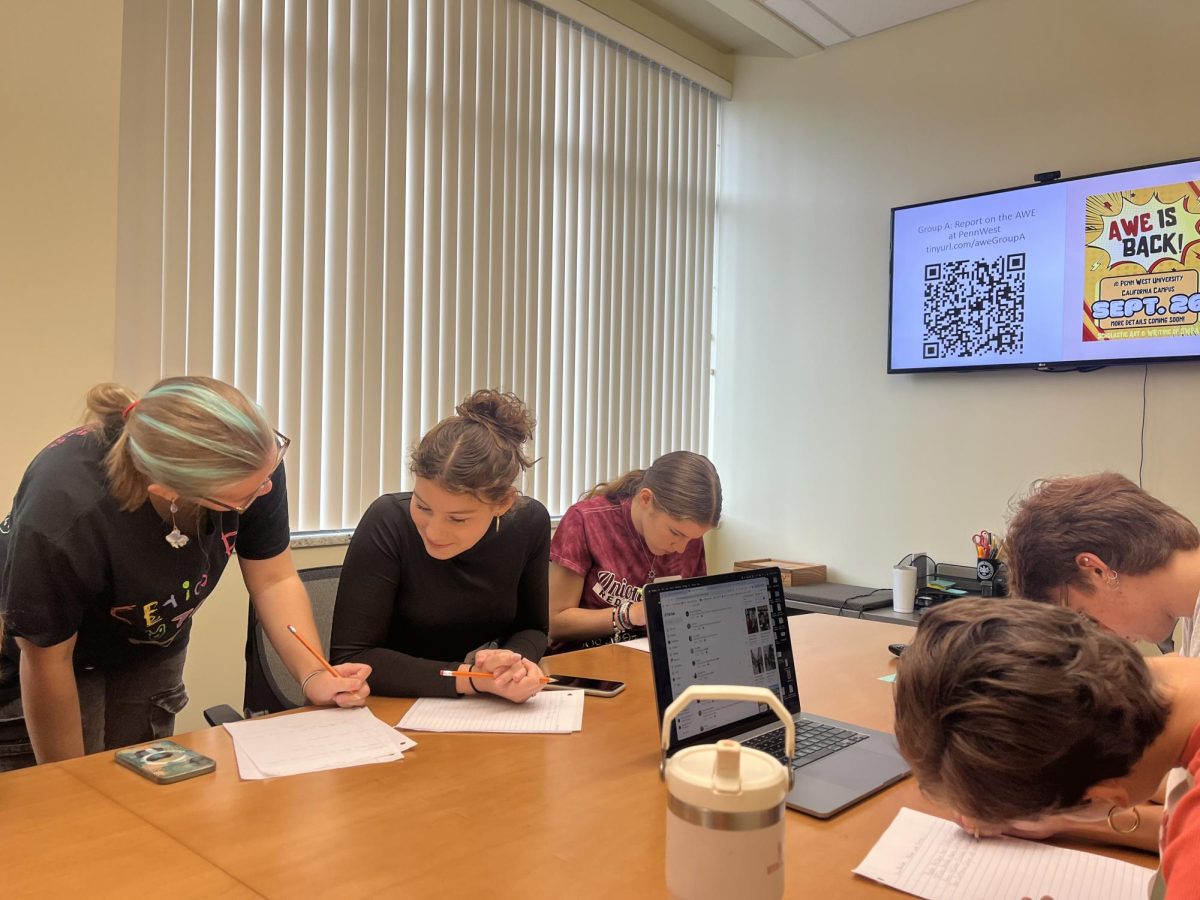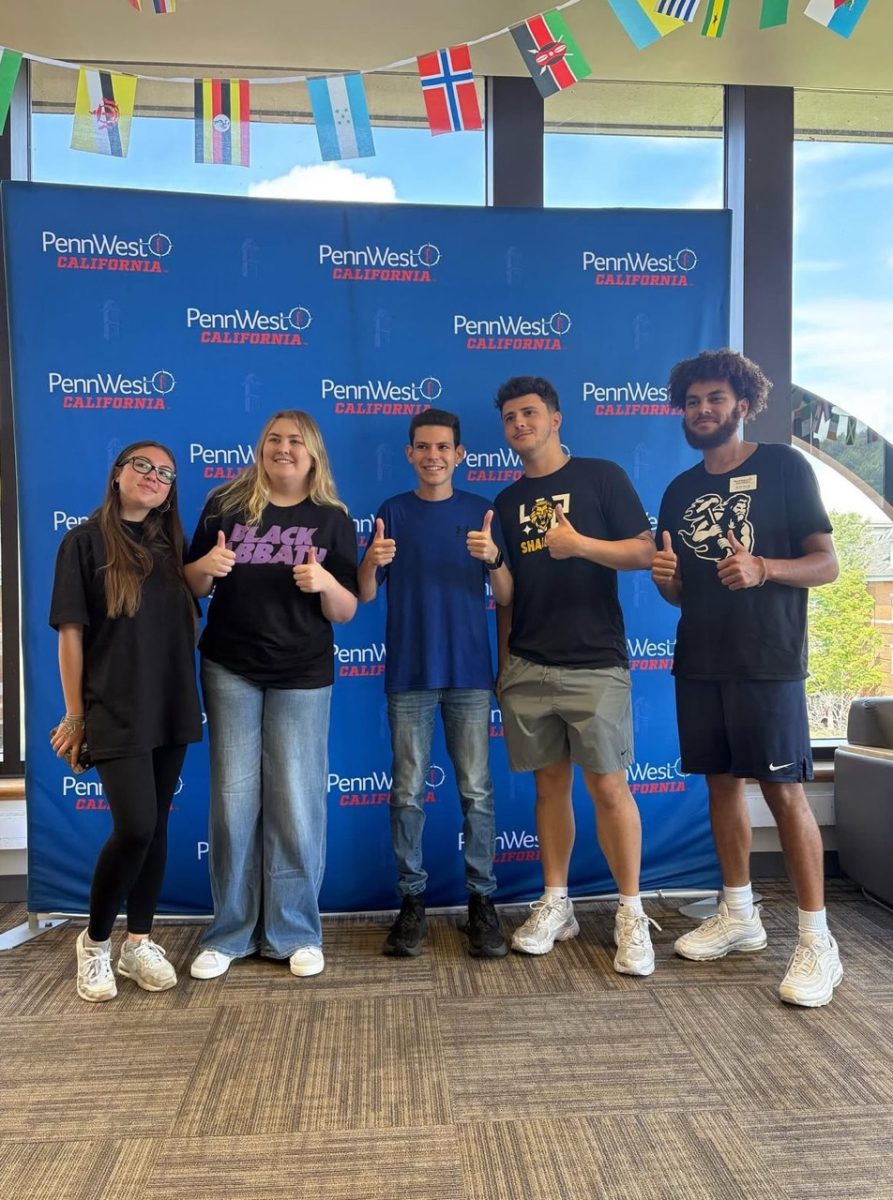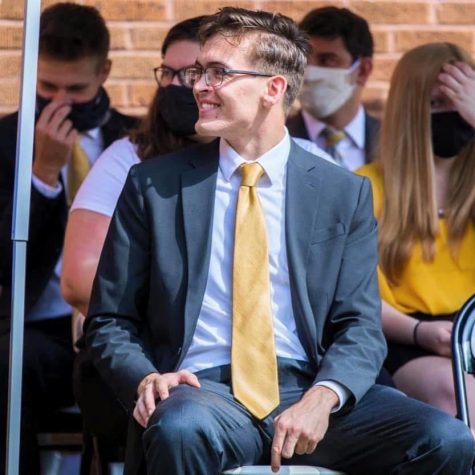It could be argued that this is the most exclusive yearly event on campus, but Mario Majcen wishes that wasn’t the case.
Majcen, Professor of Atmospheric Studies and APSCUF California Chapter President at PennWest California, says that, while a student will not spend a penny, “funding limitations” leaves him no option but to accept no more than eight students. According to him, he usually gets around 16 applicants per year.
The trip itself was described by Majcen as “very intense”. 6000 miles of driving through Texas, Oklahoma, Kansas, Iowa, Colorado, Nebraska, and South Dakota, all within the 2 weeks of May 13-27. Majcen, who has been on this trip several times since 2010, recalled when we went last year.
“Some days we may wake up in Texas in the morning,” he said, “and then drive to Nebraska to intercept severe thunderstorms there the same afternoon. And then repeat the next day.”
Majcen reassured that extreme weather, while unpredictable, can consistently be spotted on this particular trip.
“We encounter severe weather on every trip,” he said. “We see a tornado about once every five to six trips. Last time we saw a tornado was last year, near Des Moines, Iowa.”
The application process closed on March 22, leaving the prospective students waiting anxiously for their answer. After submitting a resume, a 1000-word essay on how the learning experience would be improved if one were accepted, an unofficial PennWest transcript, and two reference letters, Jared Riley said the application process “wasn’t that intensive”.
Riley, a Junior Environmental Science major from Wexford, PA, heard about the trip through his Synoptic Meteorology and Climatology class, taught by Majcen. According to him, weather and climate have been a central feature of his life for a long time.
“Seeing severe weather up close and personal has been an interest of mine ever since I was a child,” he said. “I’ve always loved learning about weather and the science behind it. I’ve always idolized those people who make careers out of seeing these events in person. The Earth and its atmosphere are so amazing.”
Riley was accepted on Monday, Mar. 25. A trip such as this one, he says, can give a student “real-world experience”. Majcen agrees, adding that even he is excited to go. However, he gets an extra kick out of the excursion: the satisfaction of seeing a student engage with their passion.
“This field trip is always full of surprises. Most are good,” he said. “The most rewarding thing to me, as a professor, is to see my students learn and experience parts of the country that they may have never visited before. Students get to experience and see the storm structure in nature. Nothing beats that. No textbook or video can come even close.”

